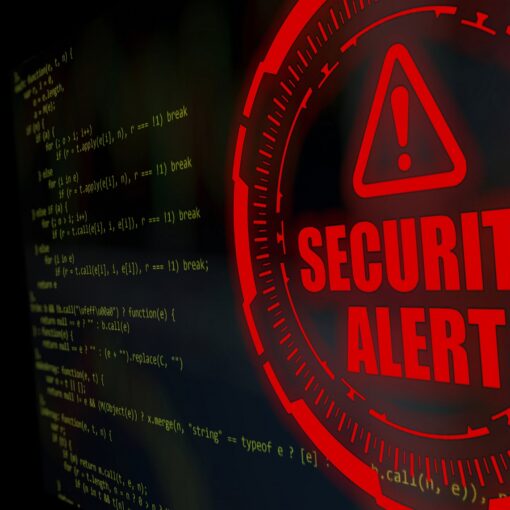Your data has value.
Data breaches happen for a reason. Anyone can be a victim of data theft. Even data that may seem innocuous, like a first name to match an email address, has significant value to cybercriminals of all types.
Millions of people don’t even know their data has been leaked in a breach. In 2019, Varonis, a data security software company, reported that 64% of Americans had no idea their data was compromised in a data breach.
Most malware exists solely to steal your data. Almost every type of malware, from ransomware to keyloggers, has the sole purpose of stealing your valuable personal data.
Why do cybercriminals want my data?
Financial Theft: Many scams operate using data they acquire in data breaches to create cold call lists of potential victims. It’s a lot easier to convince someone you’re from Social Security when you can read out their SSN over the phone.
Identity Theft: Cybercriminals are eager to get all the information they need to open accounts in your name. This data includes things like your full name, physical address, employer’s name, and anything else that may help them bypass ID security checks online.
Customer Data: If your business has been targeted by cybercriminals, odds are they are after your customer data. Businesses are huge targets for data thieves because they often store customer data in organized groups of individual files – meaning hundreds of potential new victims of data theft.
How do cybercriminals steal data?
Network hacking is a lot more common than you might think. People can gain access to the files on your computer in bafflingly simple ways – like getting access to your printer when your “allow anyone to print” setting is on, and securing access to your network from there.
Wire transfer fraud is increasingly common. There is a shocking amount of companies, both big and small, that report having sent large amounts of money to a fraudulent account by mistake, having been fooled by emails from a hacker already in their network, posing as the person they were meant to send the transfer to.
Most major data breaches begin with a phishing attack. Most users, even experienced users, have trouble identifying sophisticated phishing emails. Through a combination of email address spoofing, information gathering through undetected hacking, and a variety of social engineering methods, many large companies have been victims of a major data breach.
Spyware is evolving. Silent programs hiding in the background could be sending your data to others without your knowledge or consent. Up-to-date virus and malware protection is important to prevent data theft.
How can I protect my data?
Privacy: Keep private personal information to a minimum online – don’t post your pet’s and children’s names everywhere. Not only is this good advice for basic privacy reasons, it also prevents cybercriminals from brute-forcing your passwords with educated guesses.
File Safety: Never download random files off the internet without completely trusting the source. Remember that social media accounts are often hacked and used to send out malicious links to contacts – never click random links on social media, no matter who it’s from.
Network: Set passwords to ALL devices on your networks, even at home. This means printers, televisions, cast devices, everything! Make sure your passwords are strong, and never let anyone you don’t know connect to your computer remotely.
MARCH 18 2021
Authored here @ hello internet.





